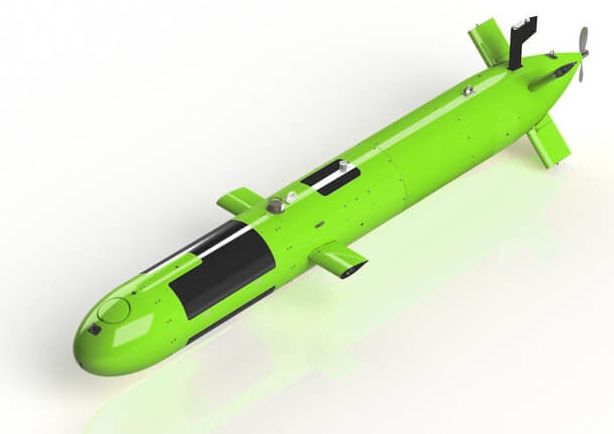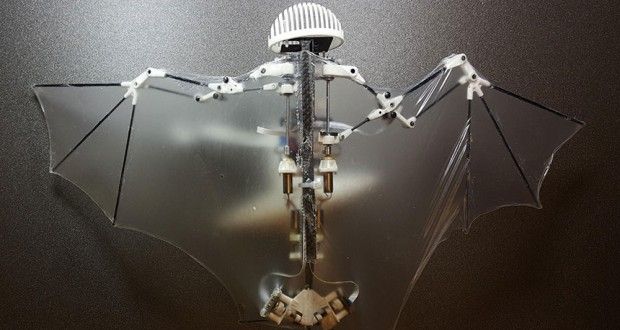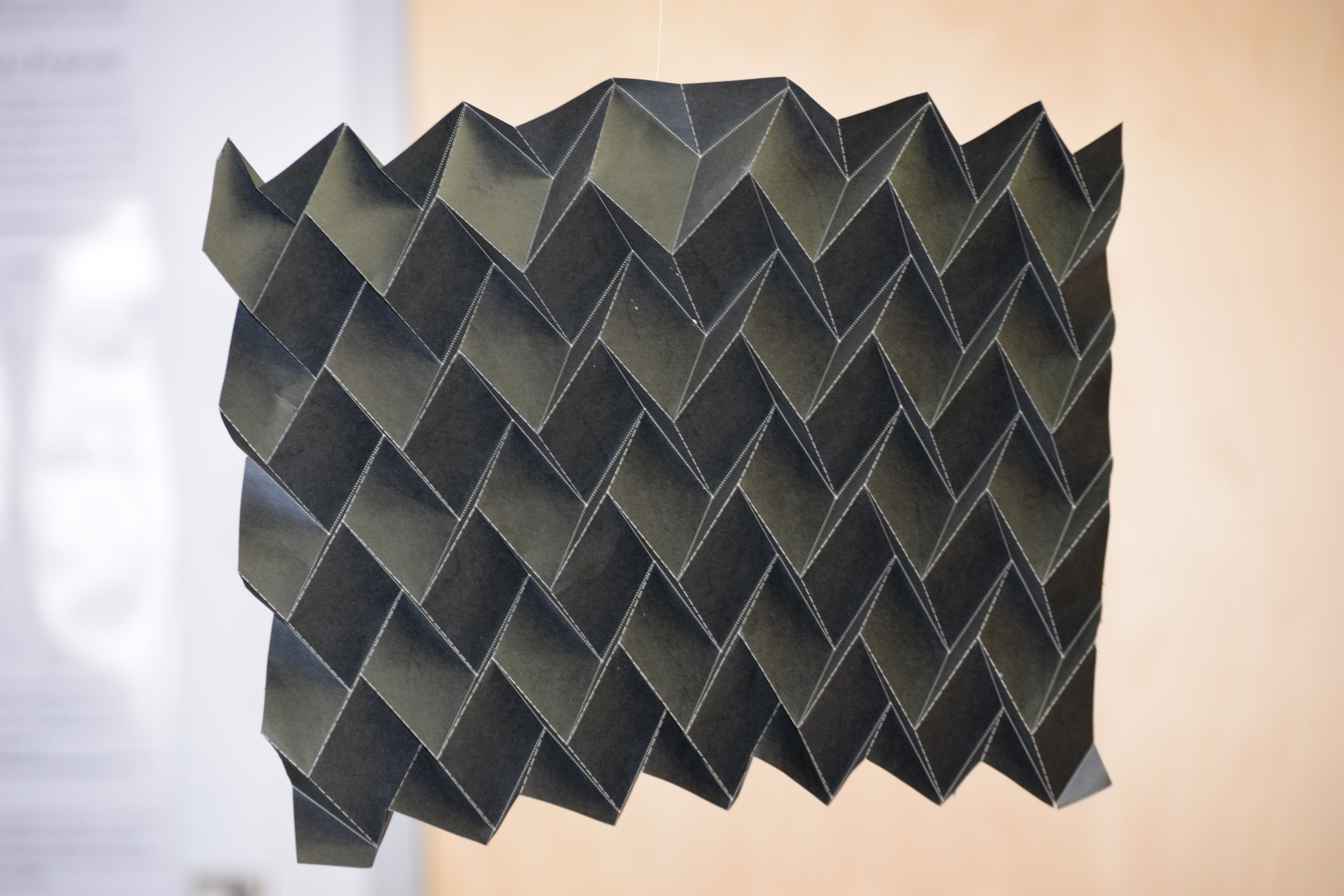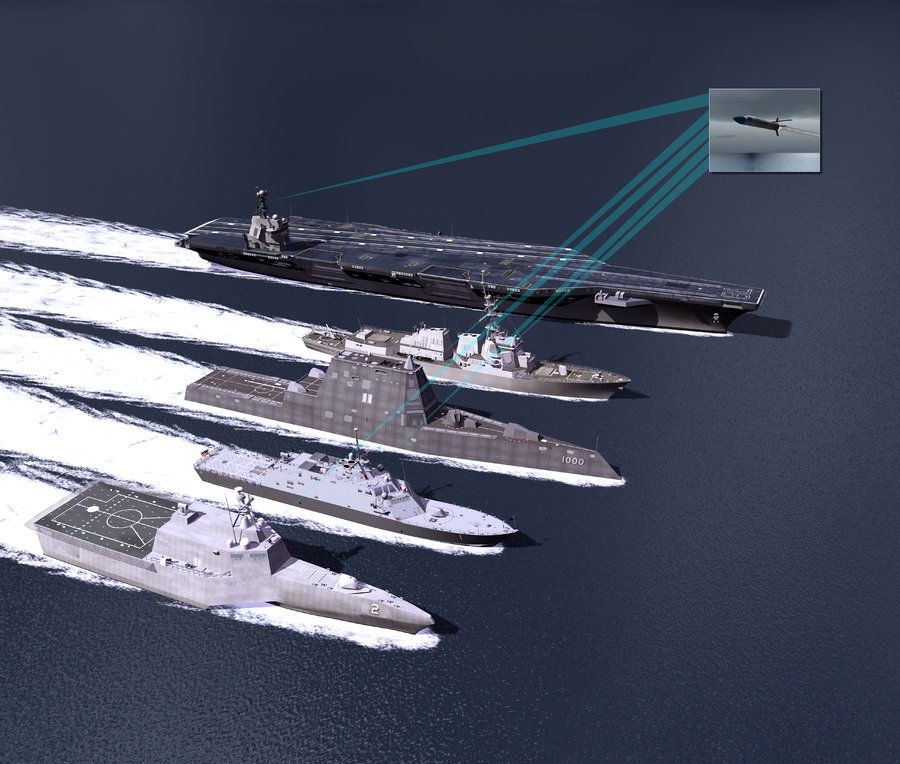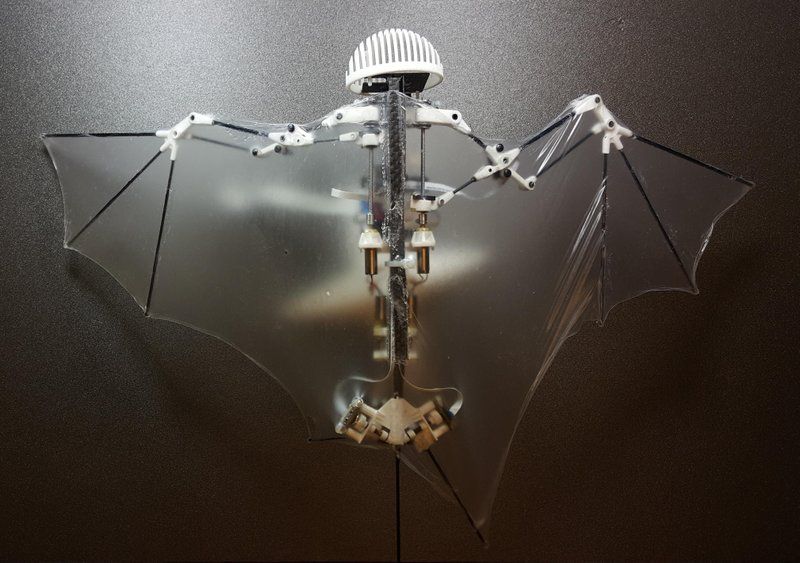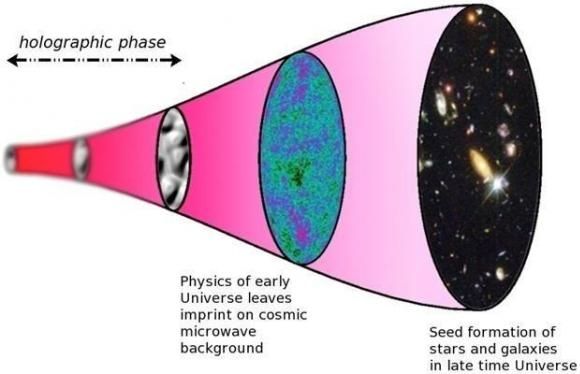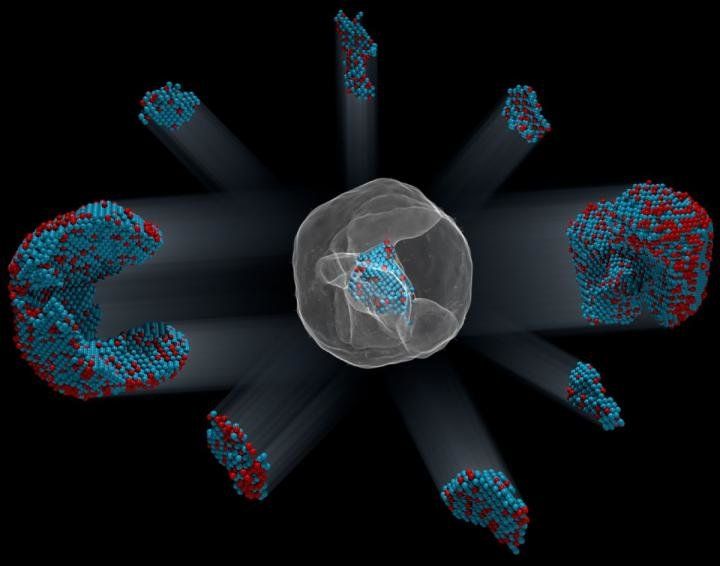Feb 1, 2017
Sciaky 3D Prints Metal Tank For Arctic Submarine
Posted by Karen Hurst in categories: 3D printing, business, engineering
Nice.
Submarine manufacturer saves major time and cost by 3D Printing a titanium Variable Ballast tank with EBM technology from Sciaky.
The production of an Arctic Explorer submarine was nearly scuppered after the supplier of a component went out of business. To find a solution, however, International Submarine Engineering (ISE) didn’t have to dive too deep. They turned instead to additive manufacturing.
Continue reading “Sciaky 3D Prints Metal Tank For Arctic Submarine” »
